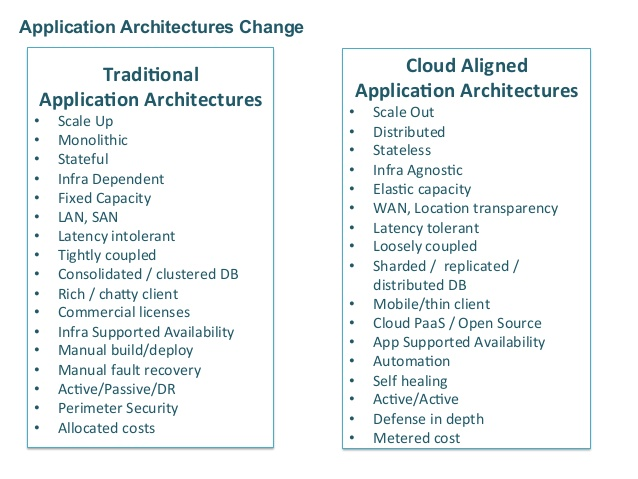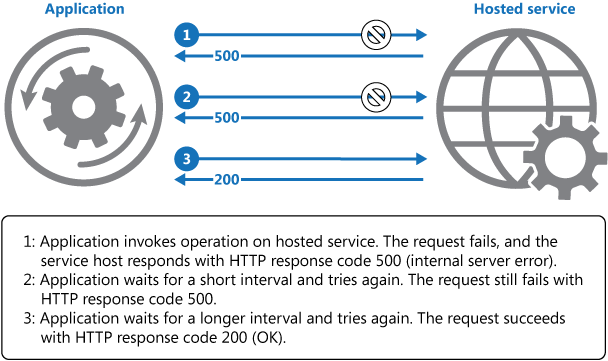There’s no teacher like experience. There’s also nothing like learning from the experience of others.
The cloud pioneers are worth heeding when you’re embarking on an application migration project. One such early cloud adopter goes by the name of “Joe the IT Guy.” Joe identifies five things people misunderstand about cloud migrations:

Before deciding which applications to migrate, and how extensively to adapt them to cloud environments, consider the many inherent differences between on-premises and cloud architectures. Source: David S. Linthicum, via SlideShare
Failures can’t be avoided, but they can be planned for
What you can’t prevent you can at least prepare for. Before you move any application to the cloud, consider what will happen when the app becomes unavailable, for whatever reason. Fortune‘s Barb Darrow quotes one migration vet who recommends building a “reliability bubble” around critical apps you host in the cloud.
For each application, create a checklist of all possible failure points, considering every potential scenario. Then determine the best way to mitigate each glitch the app could encounter. Cloud veterans recommend adding “retry logic” to the app so it will attempt to auto-correct small errors to prevent them from becoming major outages. This is analogous to restarting a stalled PC before you call the help desk. When it hits a snag, the app is programmed to wait a preset period and then retry rather than stop immediately.

To overcome common transient failures, set the period between retries as evenly as possible among applications to avoid perpetuating a service overload. Source: Microsoft
A good way to prepare for any app migration project is to have an experienced partner by your side. Morpheus‘s unified multi-cloud orchestration applies intelligent analytics to lower costs by delivering end-to-end diagnostics on VMs, containers, and public clouds. The service’s machine learning powered remediation lets you resize app components and set power schedules. There’s no better way to manage the complete application lifecycle via a self-service infrastructure.